
Soplata was a son of Czech immigrants who supported his penchant for collecting by working in a junkyard in Cleveland and, after that, as a carpenter. He managed to amass an impressive collection of rare aircrafts: a prototype North American XP-82 Twin Mustang, an F-82E Twin Mustang with Allison engines, an early Jet Age Chance-Vought F7U Cutlass, and a prototype of the Douglas AD Skyraider series, to name a few.
Soplata never paid more than a few hundred dollars for a plane. One of Soplata's most prized warbirds was a B-25 bomber that he recovered from Lunken Airport in Cincinnati called "WILD CARGO." A man from Louisiana had been using the bomber to fly exotic animals from city to city, and was forced to make a belly-landing in the airport when the landing gear became inoperative.
Check out these eerie photos of the old planes courtesy of Jayson Shenk,
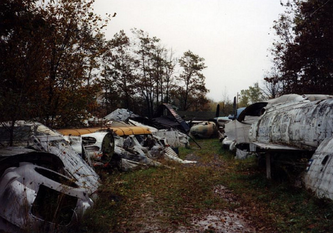
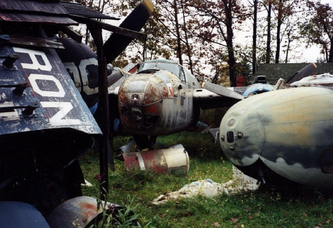

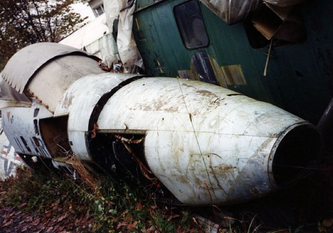

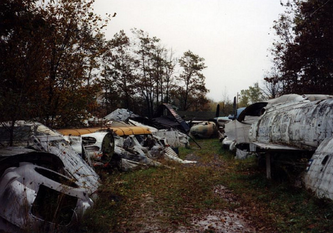
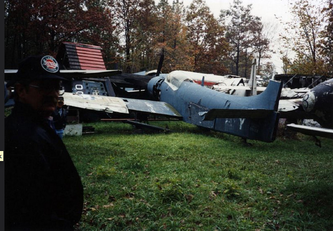
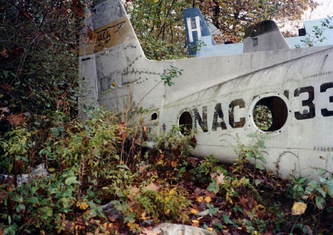
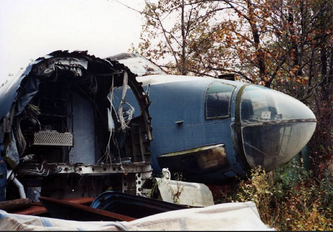
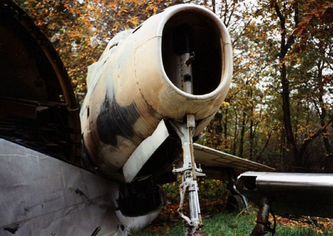
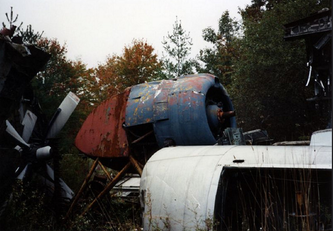
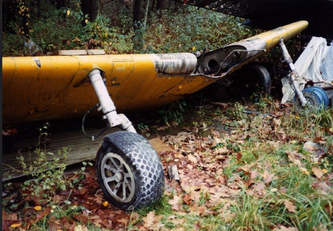
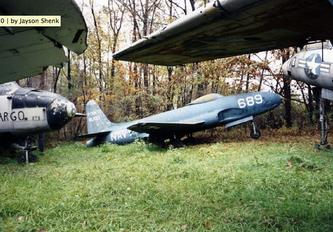
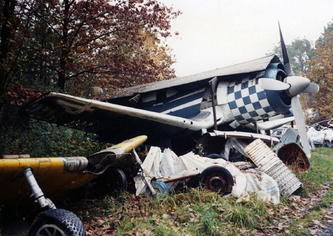
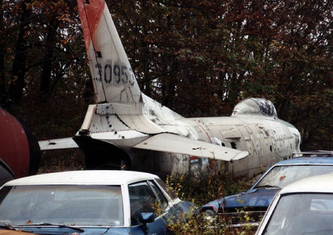
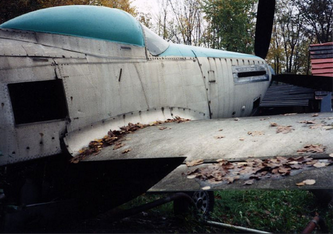
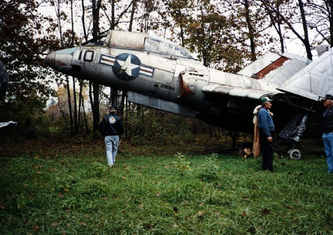
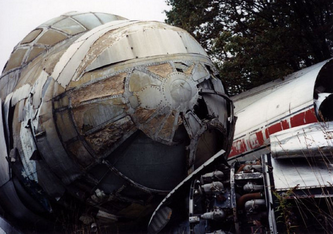
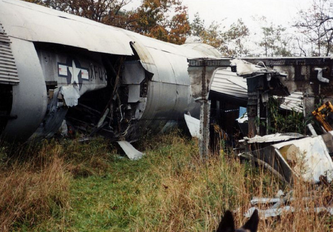
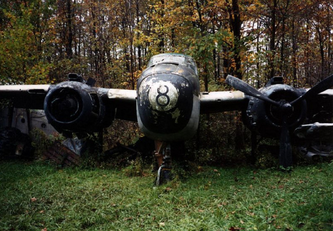
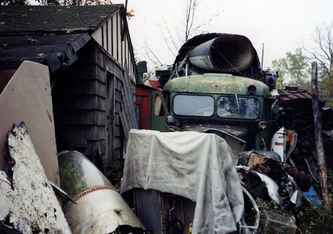










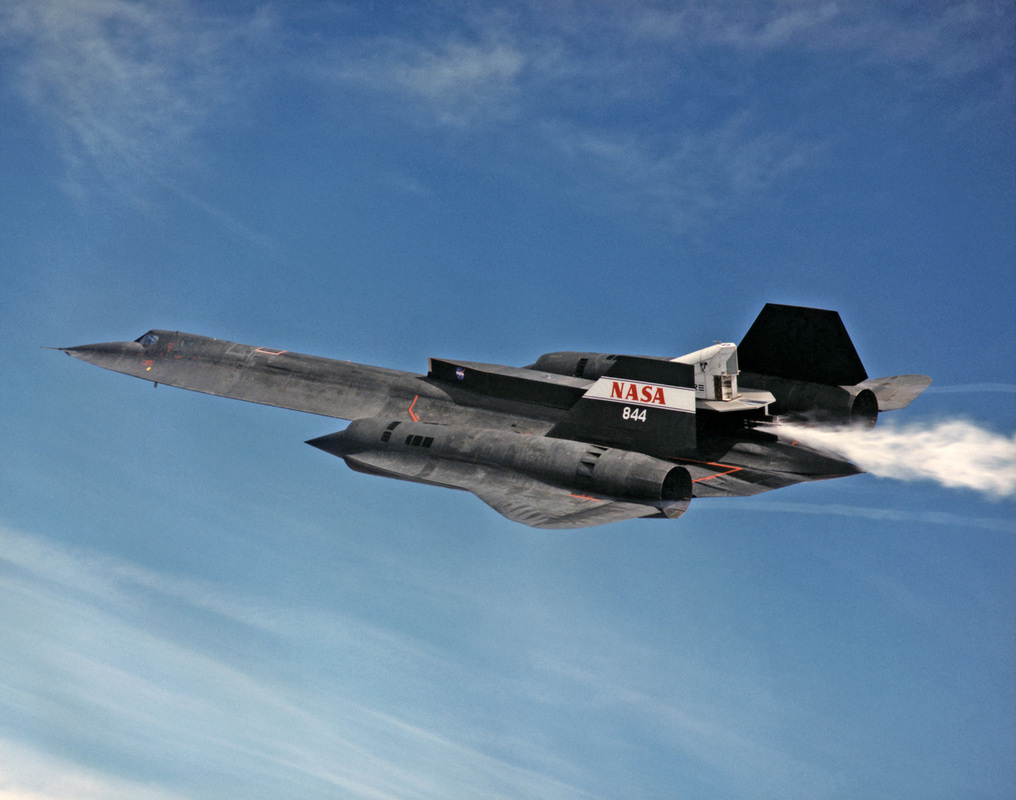
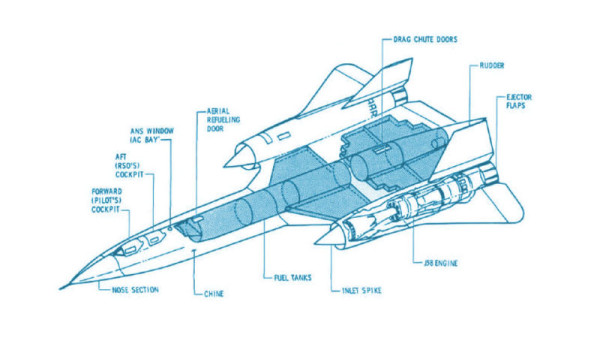
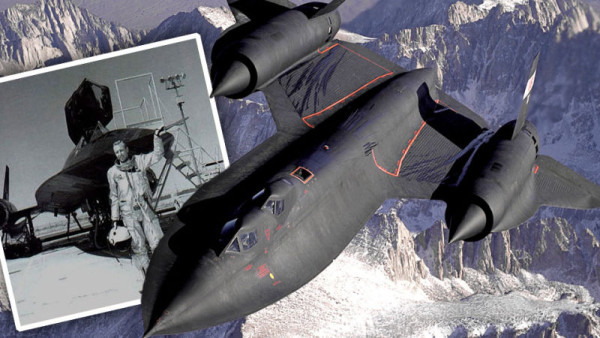

 RSS Feed
RSS Feed